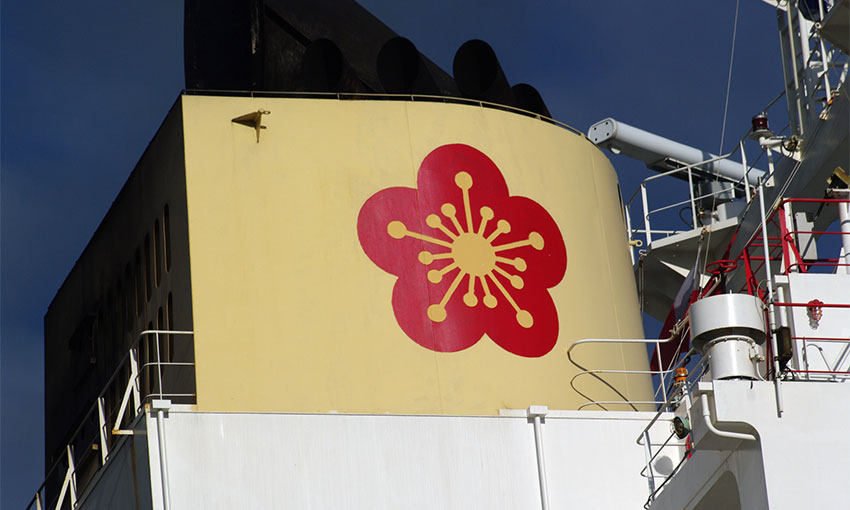MAERSK intends to reduce its global workforce by about 10,000 positions to deal with challenging market conditions and a “worsening” price outlook in its Ocean segment.
Maersk was already in the process of reducing the headcount; the company began 2023 with 110,000 staff worldwide and has since reduced the figure to around 103,500.
Posting its third-quarter financial results over the weekend, Maersk announced plans to “intensify” the measures and decrease the workforce by another 3500 positions.
Up to 2500 of those job-cuts would be carried out in the coming months and the remaining would extend into 2024.
Maersk expects the accumulated affect of the change to bring down the company’s selling, general and administrative expenses by US$600 million in 2024.
Q3 results
Maersk said its financial results for third quarter of 2023 were in line with expectations, with rates “well off” their 2022 peak and tested by the increase of capacity in the Ocean segment.
Revenue was US$12.1 billion compared with US$22.8 billion in the third quarter of 2022 with an EBIT margin at 4.4% impacted by lower freight rates and lower volumes.
The Ocean segment reported a 9% increase in volumes since the previous quarter and a strong cost focus supported an 11% decrease in unit cost at fixed bunker compared to the third quarter of 2022.
However, EBIT for the segment was negative at US$27 million, down from US$8.7 billion in te third quarter of 2022, driven by significant pressure on rates, in particular on Asia to Europe, North America and Latin America trades.
“Our industry is facing a new normal with subdued demand, prices back in line with historical levels and inflationary pressure on our cost base,” Maersk CEO Vincent Clerc said.
“Since the summer, we have seen overcapacity across most regions triggering price drops and no noticeable uptick in ship recycling or idling.
“Given the challenging times ahead, we accelerated several cost and cash containment measures to safeguard our financial performance.
“While continuously streamlining our organisation and operations, we remain dedicated to our strategy of fulfilling our customers’ diversified supply chain needs while pursuing growth opportunities across our Terminals business and Logistics & Services.”
Revenue in Logistics & Services was US$3.5 billion compared with US$4.2 billion in the third quarter of 2022.
Maersk said the segment was negatively impacted by lower prices, especially in the air and haulage market, while volumes were broadly back in line with last year’s level. Increased cost management helped stabilise margins sequentially.
And the Terminals segment reported revenue of US$1 billion compared with US$1.1 billion in the third quarter of 2022 driven by less demand for storage amid eased global congestion and a 4.1% decline in volume.
Maersk said results were strong for the Terminals segment because of a combination of price adjustments and cost measures.
Looking ahead
Maersk maintained its guidance ranges but expects to be towards the lower end of the ranges.
The company said it now sees global container volume growth in the range of -2% to -0.5% compared with -4% to -1% previously. It expects the Ocean segment to grow in line with the market.
Maersk maintains its ranges for the full year 2023 guidance but now expects results towards the lower end of the previously communicated ranges of underlying EBITDA of US$9.5 billion to US$11 billion and underlying EBIT of US$3.5 billion to US$5 billion.





